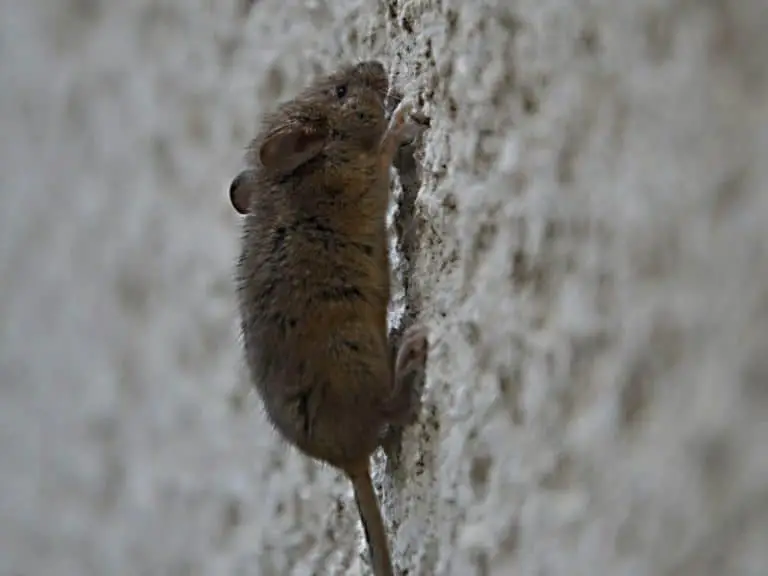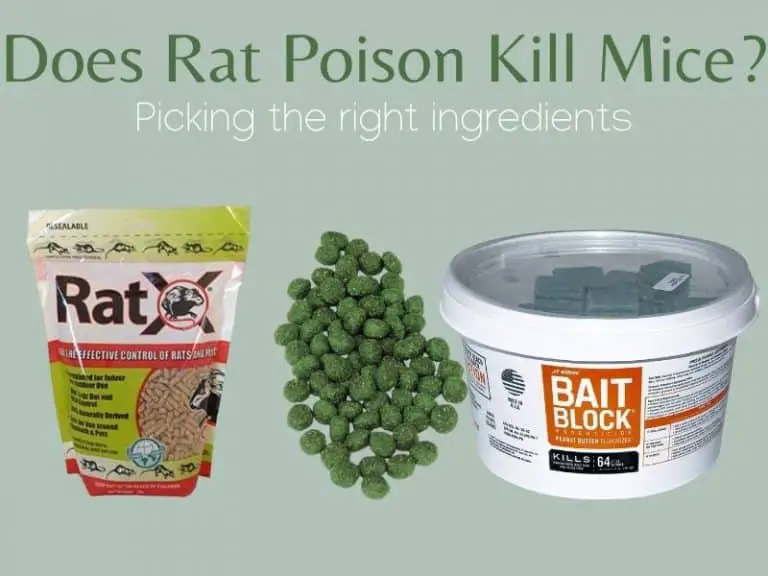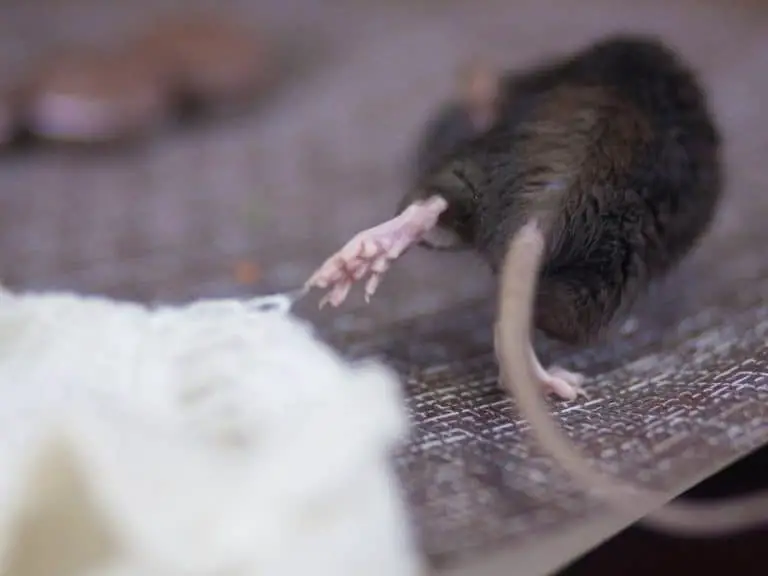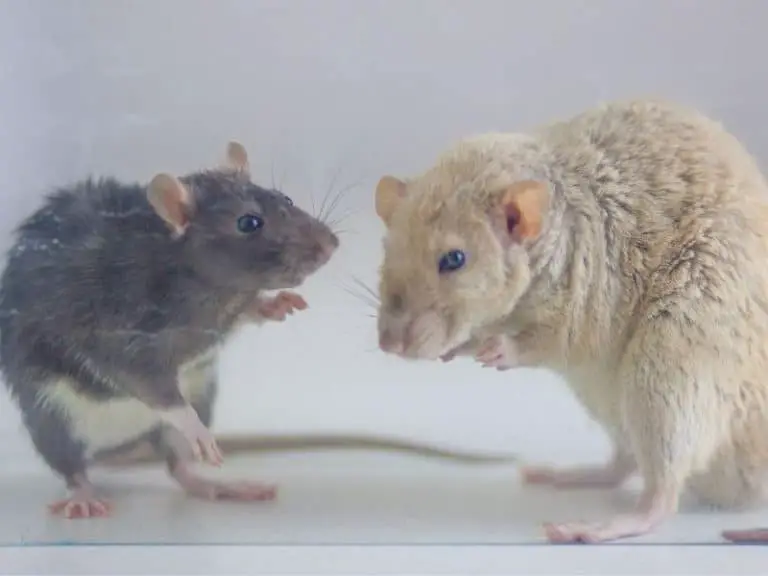Will Rats Leave If There is No Food Or Not
It is already well known that rats are attracted by the food in our house. However, will they leave if there is no more food? They will do all they can to try to access our home if they are hungry and they detect the presence of food. Will removing the food or making it inaccessible motivate rats to look for them somewhere else and not bother you any longer?
Rats will leave if there is no food, causing them to look elsewhere. They can survive in a house without food if it can serve as a shelter and if they can forage for food in nearby areas. Rats can eat things we would usually think are inedible to them, making it hard to get rid of them.
Rats can be bold inside your home once they are in, because they are compelled to look for food in it in order to survive.
They are wild animals and they will definitely forage around your house.
They can also use your house as their shelter. In the search for food and shelter, they will create much damage, as they destroy walls, chew on electrical wires, and even bring infectious organisms with them that cause disease.
Rat infestation is clearly a serious matter. Let us see how depriving them of food can motivate them to find another place to pester.
Rats Leave If There Is No Food
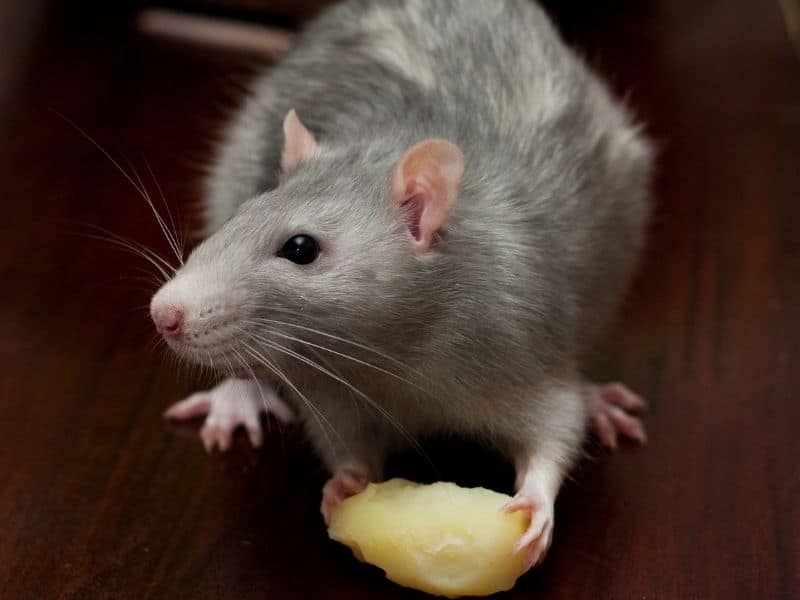
Rats and other rodents such as mice need to have a continuous and regular source of their food. The absence of it will cause them to move on and look for greener pastures.
Nonetheless, even if a house does not have food and may even be abandoned, there can still be rats living there. The reason is that an unkempt house has a lot of areas and hiding places that rats can use as a shelter.
Areas with overgrown vegetation and high grasses could attract various forms of wildlife, including rats.
Accumulated junk, abandoned vehicles, piles of wood and other materials, discarded appliances, and furniture are all ideal shelters for rats.
They can use them to hide during times when they are not searching for food.
Discouraging Rats By Food Deprivation
People have had various observations regarding rodent pests and their behavior towards the presence or absence of food.
One household reported that when they started having a rodent infestation, they began to be careful in the way they stored their food. They made the food inaccessible to the rodents.
The first effect it had on the rodents was that they spread out in the house, with people starting to see them in different rooms they were not present before. This suggested that they were looking for food.
And then, after about three or more weeks, they simply disappeared, apparently because they failed to find enough food and simply gave up and went away to look for more promising areas outside the house.
The pests disappeared simply because no food was available. The household did not even need to use any poison or traps at all.
Meanwhile, in another household, the residents reported that rodents did not give up looking for things to eat. They ate things that we would not normally think that they will consume.
For example, they ate hundreds of pounds worth of wallpaper paste stored in the shed.
And of course, they ate various normal food items, such as various bugs and worms and pet food. They ventured out to eat the dog and cat food at the neighbor’s house.
They also scoured the trash cans and consumed the garbage. They did not even spare dead animals such as those who died naturally, as well as birds killed by wandering cats and other predators. Even their fellow dead rodents were also eaten.
Construction supplies, art supplies, and paper were also eaten. When some of their fellow rats died, the others ate them. They may also be hungry enough that they will take the bait laid out in traps.
After all these are gone, only they may consider moving out and search for other areas or households to pester in their relentless search for food.
Some people see rats eat out from their dog’s food bowl, and wonder what they should do. Rats getting to your pet’s food is not unusual, because they specifically look for food and shelter wherever they go.
To avoid further incidents like this, you must immediately remove all excess food items that your dog did not finish every feeding time. Feed your pet only the sufficient and right amount that they can consume within 30 minutes and perhaps less.
Never leave excess food lying around; immediately dispose of anything that was not eaten.
In addition to avoiding rats being attracted to your home, feeding only the exact amount to your dog also lets you conserve on expenses. Give your pet adequate time to eat but not leave anything for the rats to eat.
It is also important to securely store all types of food in a sealed container that rodents cannot or will not likely chew on.
Even though you have driven the rats away or do not have any, it is still incumbent upon you to observe proper feeding of your dog as well as proper food storage. This will discourage future infestations.
Keeping Rats Out Of Your Home
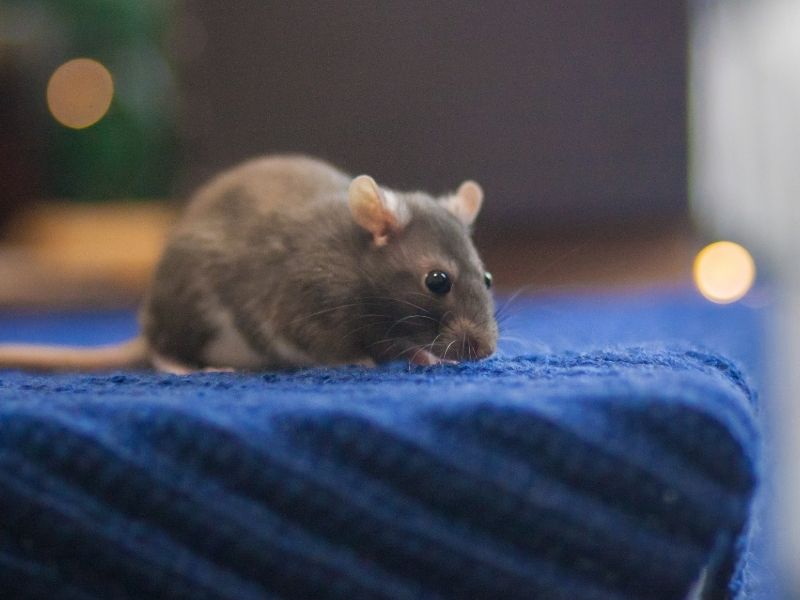
Keeping rats away from your home is essential, because they create damage, spread diseases, endanger your family and pets, and really have nothing good to contribute by their presence. All they cause is trouble.
To keep them out of your home, first make sure that there is no available food for them there, just as we have discussed. To make sure your garbage is properly secured, you may use metal trash cans with secure lids, because rats cannot chew through them.
Sources of food for rats include external ones, such as bird feeders, pet food bowls, grasses, and the like; and interior ones, such as your food stocks inside the house, including the dog food.
Keep all of these secure and maintain overall cleanliness. If no food can be acquired, rodents will more likely be inclined to search in other areas.
In addition, inspect your house and look for the presence of openings that are one-fourth inch in size or more, generally within two feet of your foundation. This is to identify areas for rodent-proofing. Any measures that you can implement in this regard is useful.
Look for possible entry points, such as holes behind your stove and in other areas; a gap on the drain pipe of your kitchen sink at the wall junction; in quiet and undisturbed hidden areas, such as storage rooms; and in other places.
Once you see these holes, seal them off immediately. As a temporary measure, you can insert a metal wire mesh or place a metal wood plate to plug the hole.
Using Rat Poison And Traps
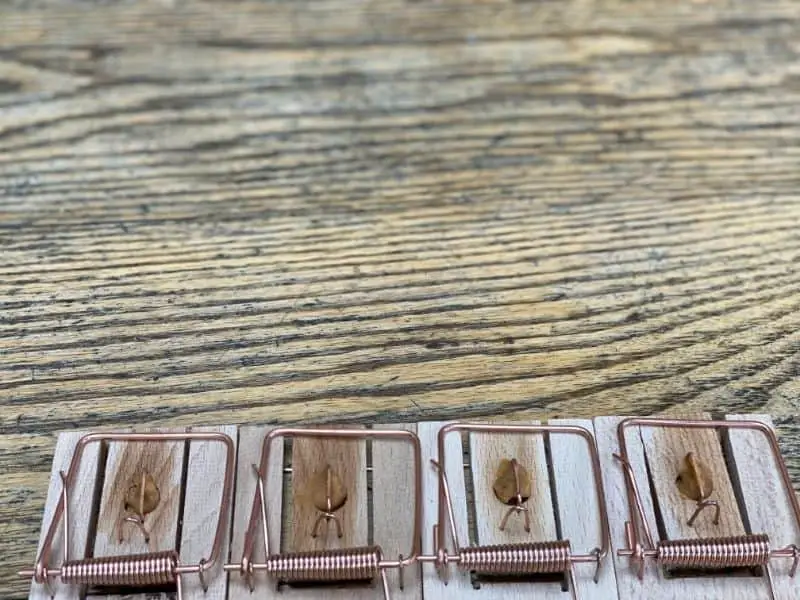
If your problem with rats just wouldn’t go away (literally), there may be merit in using poison and trapping them. It is important to follow the rat poison manufacturer’s instructions carefully to avoid the poison being consumed by pets and children.
If you decide to place the poison outside your house, it should be in a bait box that is tamper-resistant or inside a secured and locked area such as the crawlspace. This prevents non-target wildlife from eating the poison.
If you decide to use snap traps, live traps, or glue boards, also follow the manufacturer’s instructions. Snap traps must not be set outside your house in order to avoid catching other animals like stray cats or other mammals.
When using a snap trap, place it in a position where its baited end is perpendicular to and along the wall. Rats usually travel against and along the wall as a protective measure.
In a particularly problematic infestation, you may need to use three or more traps at a time.
Will Mouse Traps Kill Rats: Finding the Best Trap For All Rodents
First, perform acclimatization for the rats by putting bait in the traps without setting them. Let them have free bait a few times. After these initial freebies, you can then set the traps for real. This time, use more bait.
This method of acclimatizing the rats makes them accustomed to the presence of the traps and prevents bait shyness.
If you have a mouse problem, you may not need to perform pre-baiting because mice are generally more inquisitive compared to rats, and will accept bait more readily.
You should also consider being humane. It is not enough reason for rats to be pests to be cruel to them. Glue traps and poison traps are usually painful and kill these animals more slowly. Snap traps provide instant death.
Meanwhile, live traps may be the most humane. You can release rats that have been caught in a faraway field or woods at least 10 kilometers from your property.
Related Questions
How long can rats live without eating?
Rats can go on without food only for a maximum of 4 days.
How fast do rats reproduce?
Rats can be very prolific. Mothers can give birth to as many as eight to 12 young approximately every month, provided that they have proper shelter and sufficient food and water. Young rats can become sexually mature by three to four months old.
Sources
- https://www.fws.gov/pacificislands/publications/ratsfactsheet.pdf
- https://www.mecknc.gov/HealthDepartment/EnvironmentalHealth/RodentControl/Pages/rfaq.aspx#:~:text=If%20there%20is%20no%20food,of%20food%20in%20abandoned%20houses.&text=Items%20such%20as%20junk%20vehicles,if%20there%20is%20food%20nearby.
- https://www.nationalgeographic.com/animals/article/urban-rats-search-for-food-coronavirus
Photo credit: ©canva.com
Medical Disclaimer: TheHomePestControl is a digital publisher and does not offer personal health or medical advice. The contents of this website are not intended to substitute for professional medical advice, diagnosis, or treatment.
Affiliate Disclaimer: As an Amazon Associate, I earn from qualifying purchases made on our website. If you make a purchase through links from this website, I may earn a commission at no additional cost to you.


